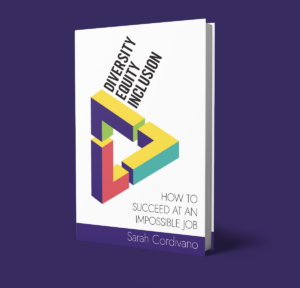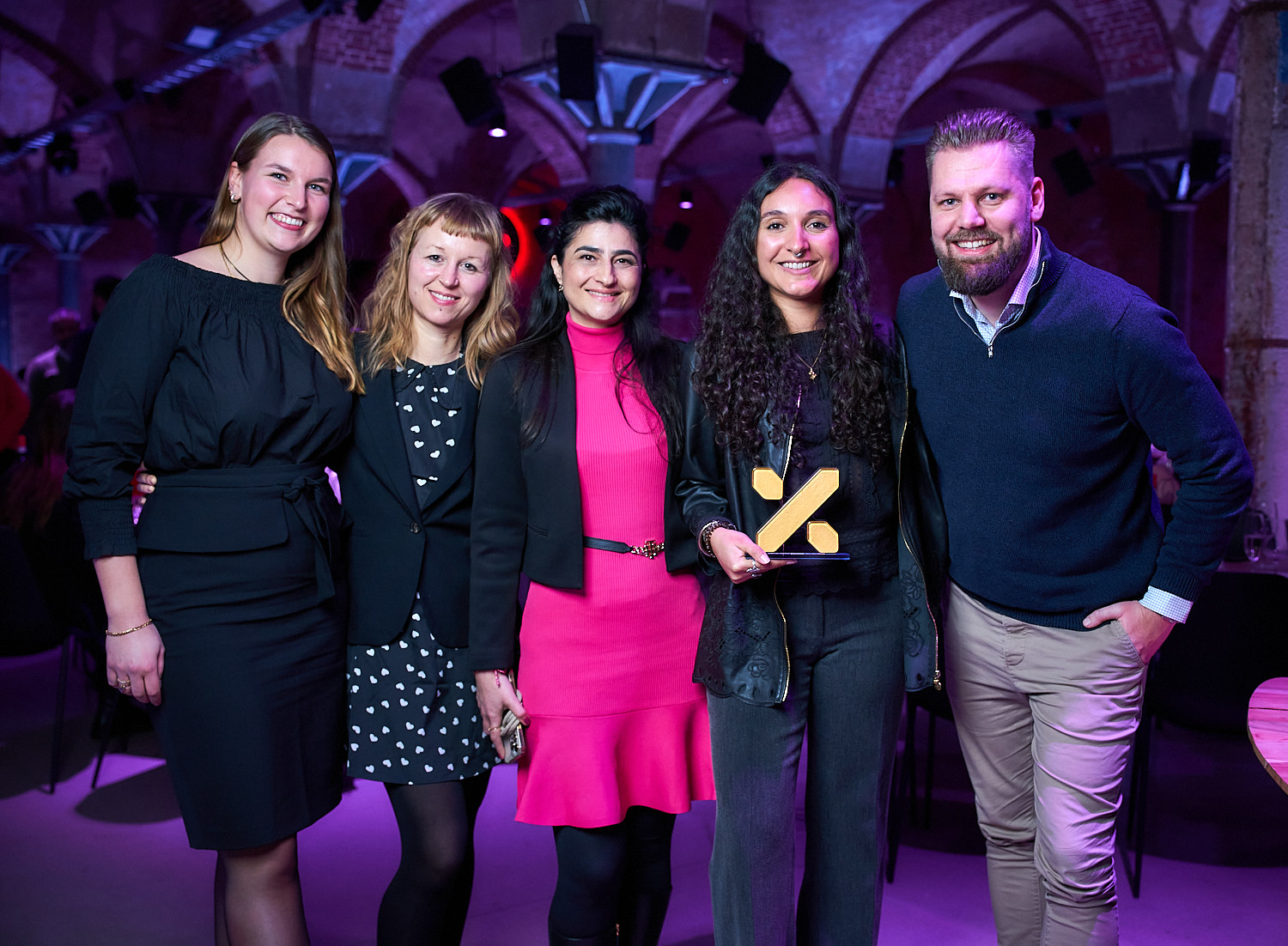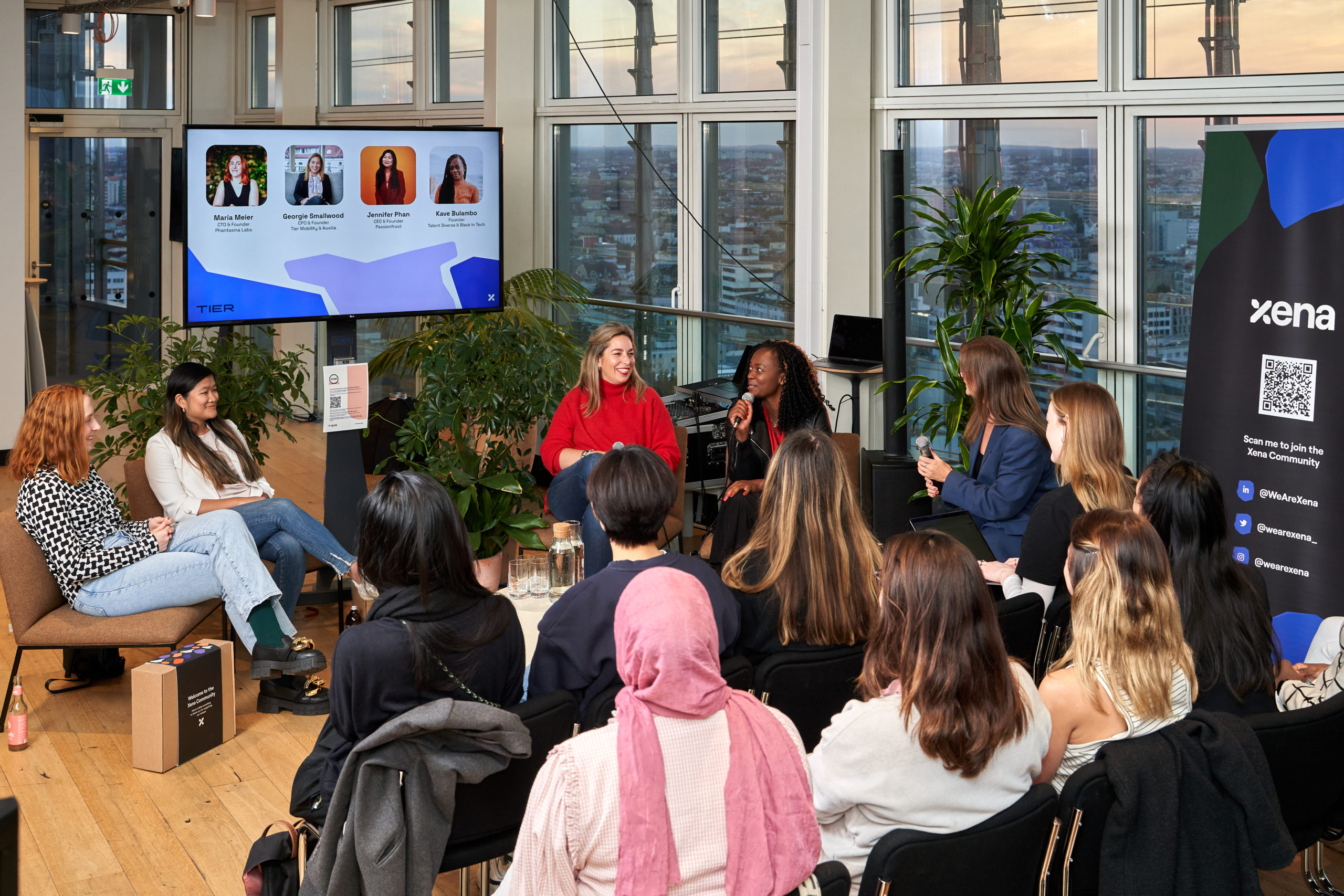4 min. read
Xena's D&I Leader Award Winner 2023
Sarah Cordivano on how to build inclusive work cultures
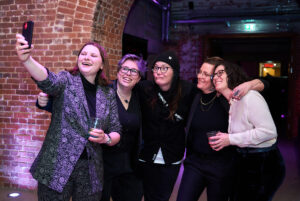
Advancing diversity in tech is no easy mission. It takes time, effort, and dedication to change the status quo.
That’s why we teamed up with Booking.com, to celebrate all forward-thinkers that are making an impact in the industry. We are proud to introduce Xena’s D&I Leader Award Winner: Sarah Cordivano, Head of D&I Strategy & Governance for Talent and Leadership at Zalando.
Sarah is well-known in her community for implementing initiatives that create more inclusive workplaces. Her expertise lies in data-driven DEI and she recently published Diversity, Equity and Inclusion: How to Succeed at an Impossible Job which helps readers overcome the hurdles to build a sustainable and fulfilling career in DEI.
What inspires you to push equality in tech?
My inspiration starts from having worked in tech previously. In the US in my first career, I worked as a spatial data analyst helping clients use data and mapping to make better decisions.
I worked with companies who thought they operated under a social mission but actually were creating harmful products and had toxic cultures.
From this experience, I was motivated to go beyond just building good tech and when I moved to Berlin I eventually transitioned into working in DEI as a career and using my data background to develop successful DEI strategies and initiatives that have a chance to have a big impact.
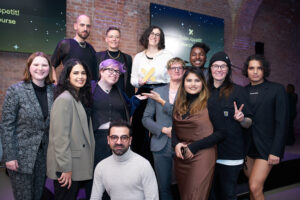
What are your diversity goals at Zalando for 2023?
Zalando has an ambitious commitment to increase the share of women in tech job families to 40% by 2023. In 2022, women held 24.8% of roles across Zalando technical job families, a 3.6 percentage point increase from last year. How did we achieve this?
Processes
• We are continuing to improve our hiring process, reviewing gender breakdown at each phase of the pipeline to create more equal opportunities.
• We identify women candidates applying for tech roles and add them to a dedicated candidate pool.
• The talent acquisition team has reviewed job descriptions across the board, using inclusive language that aims to speak to all.
Programs
To support mobility into technical roles, we launched the Women in Tech Reskilling Program. This focuses on enabling employees who identify as women to take up entry-level software engineering roles. In April 2022, Zalando launched a software engineering pilot in which 20 candidates decided they would like to shift their careers into the world of software engineering. They were interviewed and offered new roles, before starting a 3-6 month full-time course. In Q1 2023, all 20 candidates will begin their new roles as Junior Software Engineers.
Zalando has 11 Employee Resource Groups including a Women’s Network, Women in Tech Network and Women in Finance Network.
Partnerships
We partnered with Girls Talk London, an award-winning social enterprise that aims to remove barriers to women in sectors where they are traditionally underrepresented. The enterprise works to showcase promising jobs and opportunities, including for women from marginalized communities. As part of the partnership, we aim to connect Black women working in tech in Germany with each other and with BPOC women working in tech at Zalando. In collaboration with ADAN, we hosted the Black Girls in Tech Berlin conference, welcoming over 170 guests. Participating employees spanned a range of experience and seniority, giving attendees broad insights into their experiences. We also took part in a virtual edition of the event, which had the additional benefit of recruiter sessions and a larger audience.
Zalando’s D&I strategy, extending until 2025, sets our internal and external ambitions for Diversity and Inclusion. The comprehensive strategy covers commitments to our employees, customers, and partners. Zalando will continue our efforts to increase the percentage of women in tech, launching new programs in 2023 to support the hiring and retention of women in technical roles, while investing in partnerships (ADAN, Girls Talk London) that enable community building with an intersectional approach.
How can we inspire more advocates for women in tech?
It has to come from the top down – the most important advocates are those in leadership. Naturally, they are already role models and influencers, by virtue of their roles and titles. It’s important for us to support them in being visible leaders. I enjoy supporting senior leadership to amplify the work we are doing.
Having hands-on endorsements and championing from senior leadership will help you embed your DEI strategy across your entire organization. This will inspire others to take the same path and support your work, no matter where they are working within your company.
Can you share tips on how to kick-start your D&I practitioner journey?
I would recommend reading my book: Diversity, Equity and Inclusion: How to Succeed at an Impossible Job. As a D&I practitioner starting your journey, the first thing you need to do is prioritize creating a strategy. This helps you work in a planned, transparent and long term way. When creating your first DEI strategy, there are a few clear steps to take:
1. Get the mandate.
Make sure that you have the explicit mandate from your organization to drive this work. You’ll need commitment from stakeholders and leaders across your organization in order to succeed, so make sure they are on board before you start. At the same time, find a champion in senior leadership which can put their visibility and resources behind your work.
2. Do your research.
Gather information on what are the current challenges and opportunities for DEI in your company. Is there any data or feedback from the past? At the same time, get inspired by others doing innovative DEI work: You can take a look at my blog post with a list of recommendations for books and podcasts on DEI.
3. Get everyone in a room.
Gather your champion and relevant stakeholders to get a strategy together. Make sure the main people who will be responsible for or impacted by your strategy are in the room. Together, think about and align on the vision you want to achieve as an organisation in 3-5 years time. How do you want to transform your organization? How will it be different? Once you have that vision, work backwards to identify what initiatives or changes you need to put in place to reach that vision. This becomes your strategy. Get sign off from the leaders who will need to approve and support it, as well as provide the budget.
DEI is also difficult and intense work.
Connect with relevant communities of folks driving this work in other companies or organizations, for example through Linkedin groups (e.g. German Diversity Group). Finding a group of people working in the same space and bringing questions to them will help you find answers much faster and support each other.


